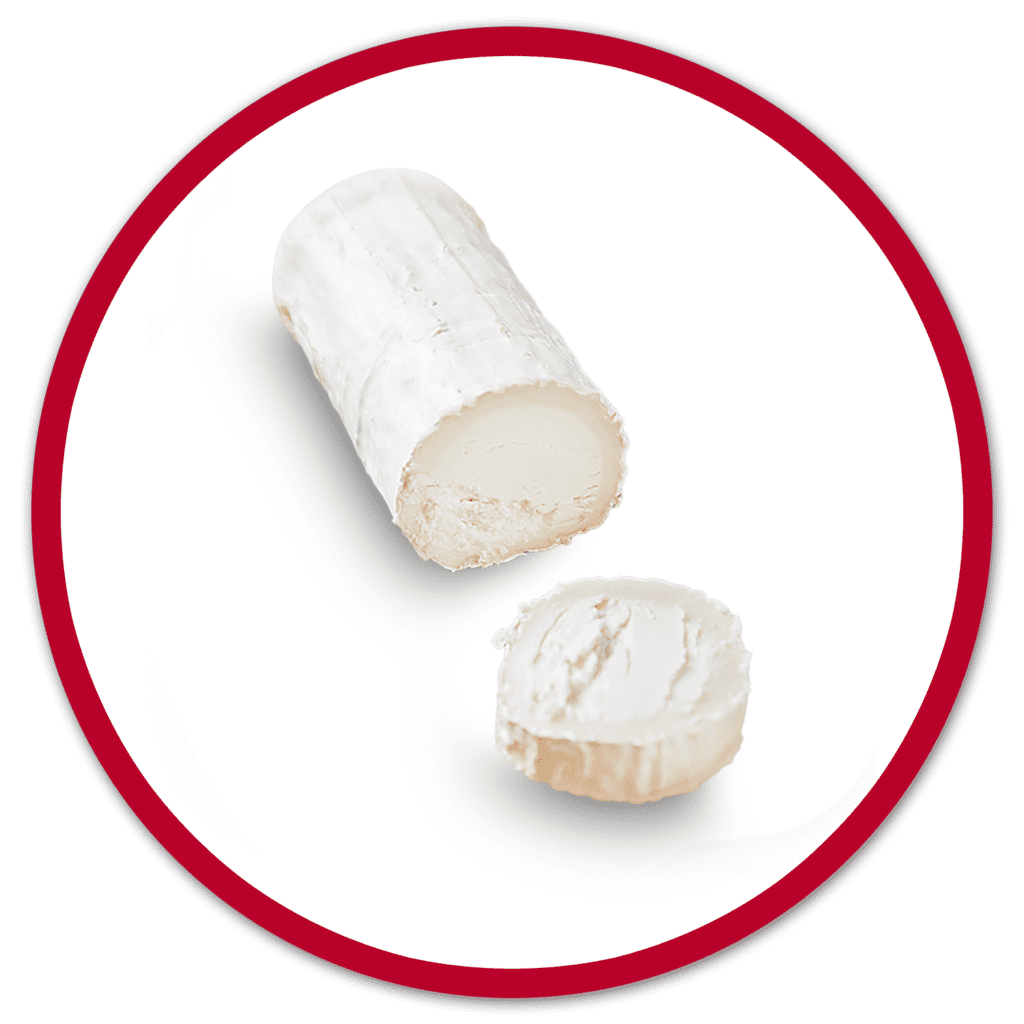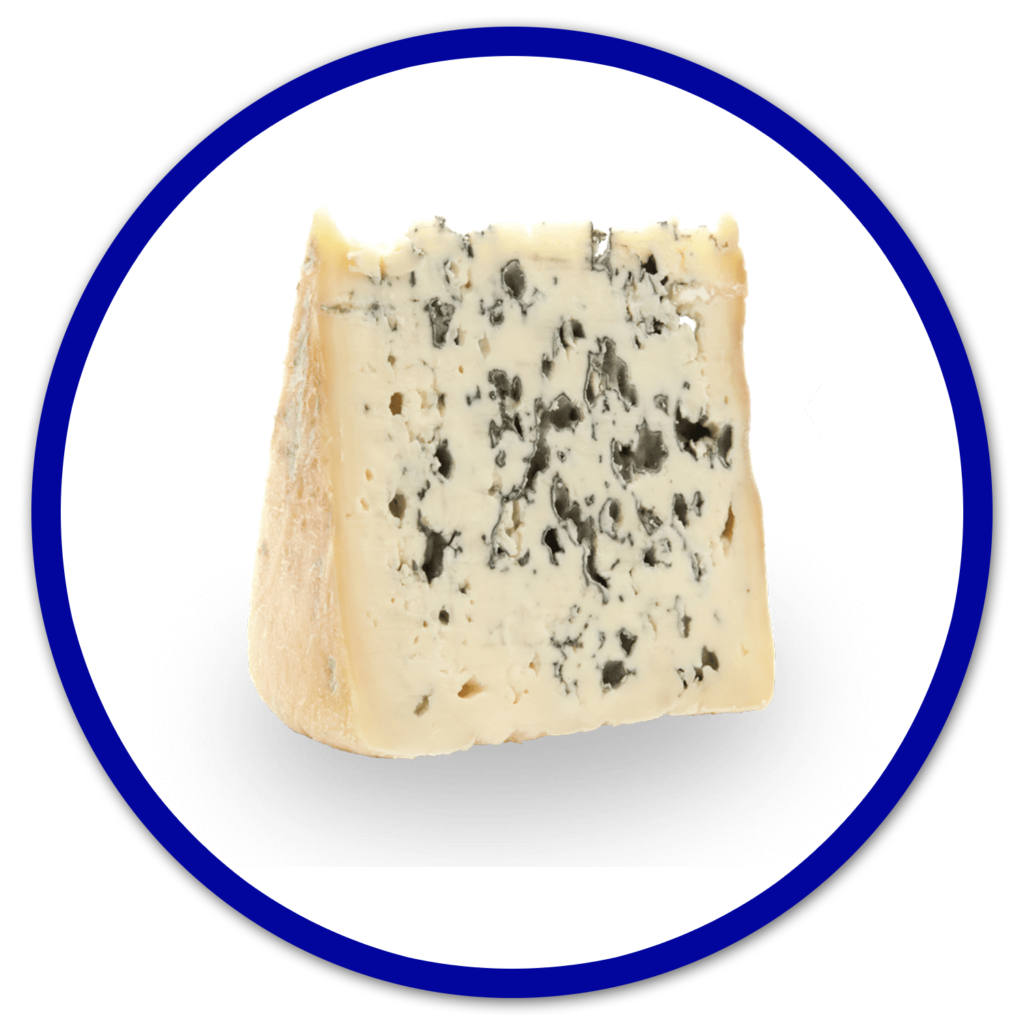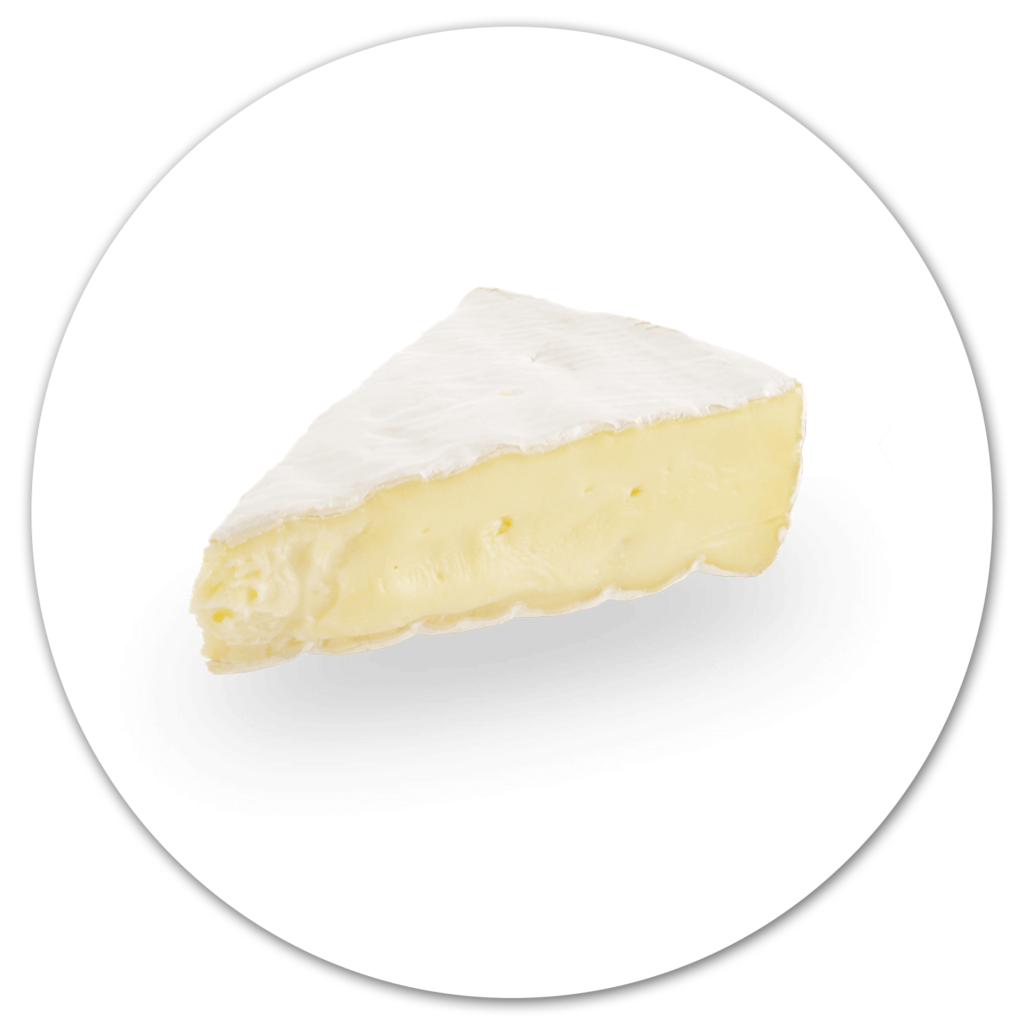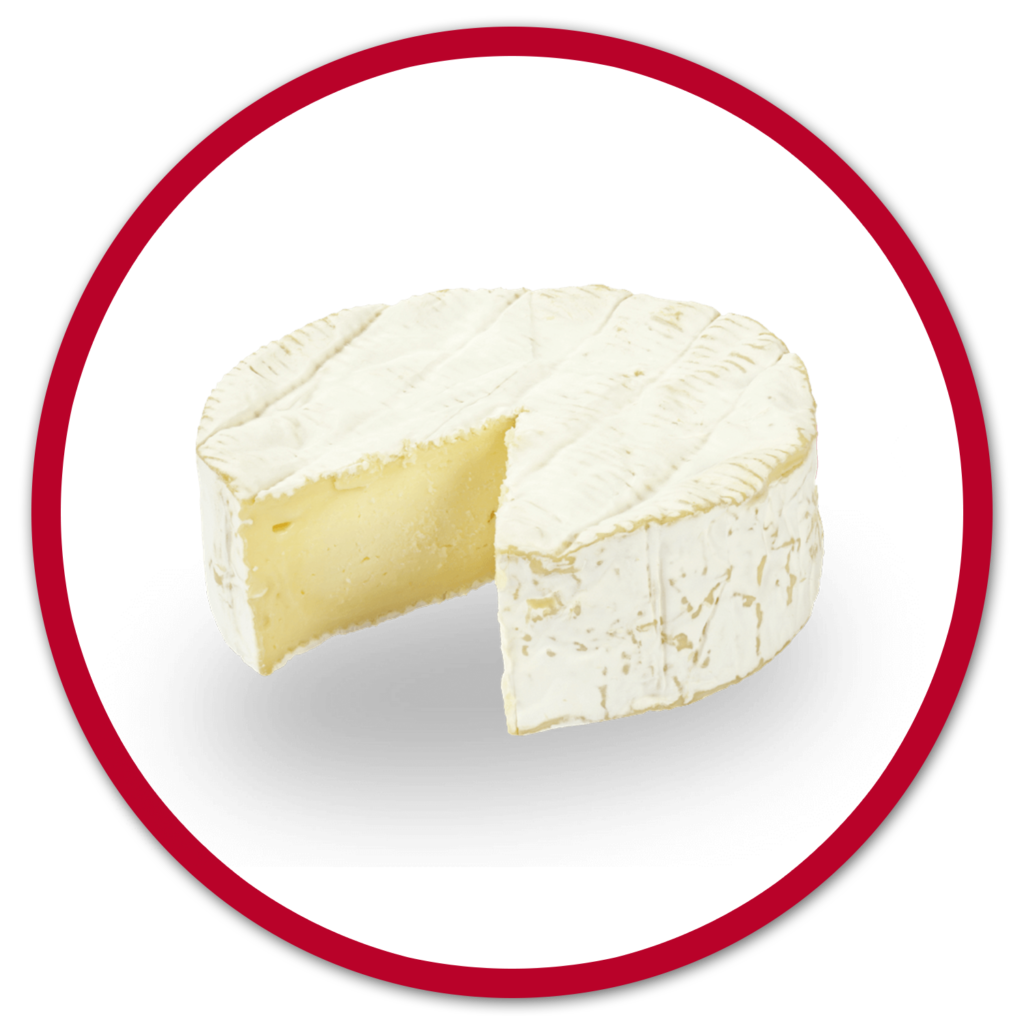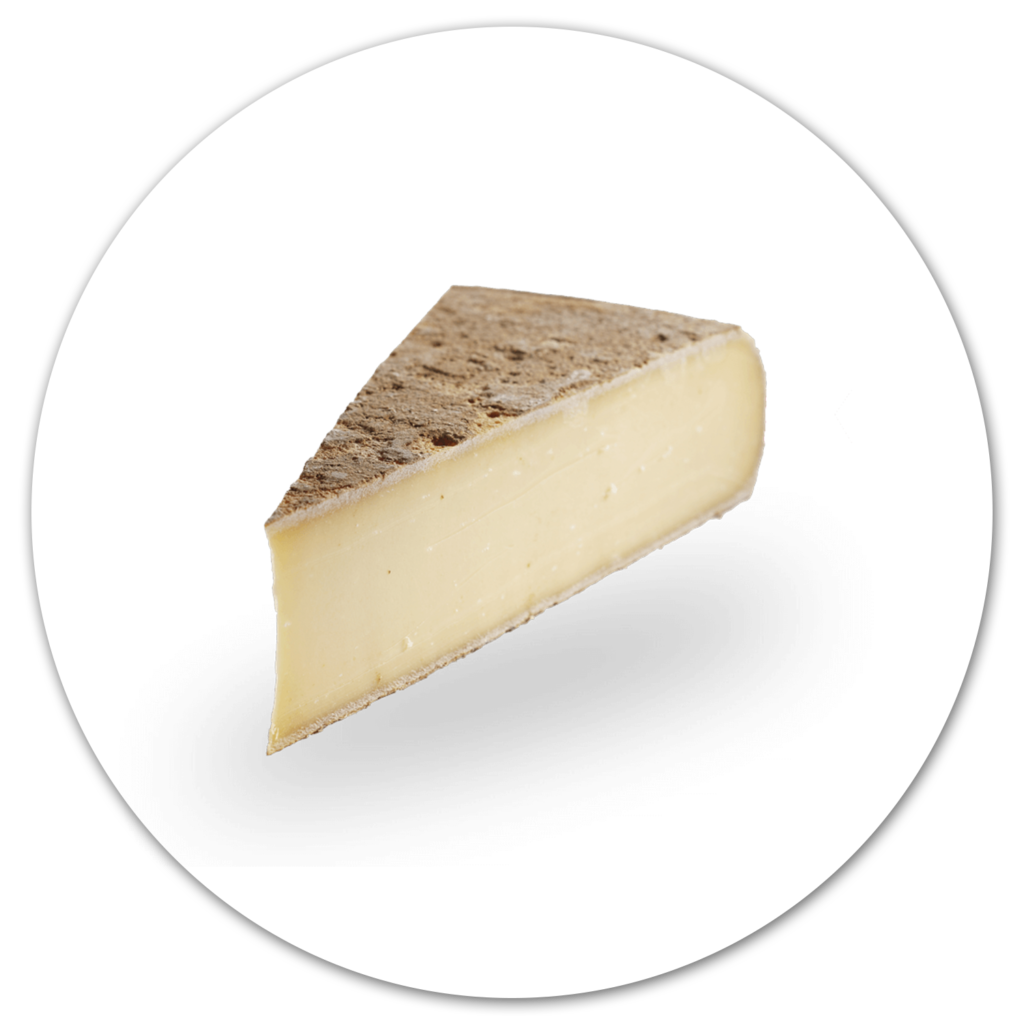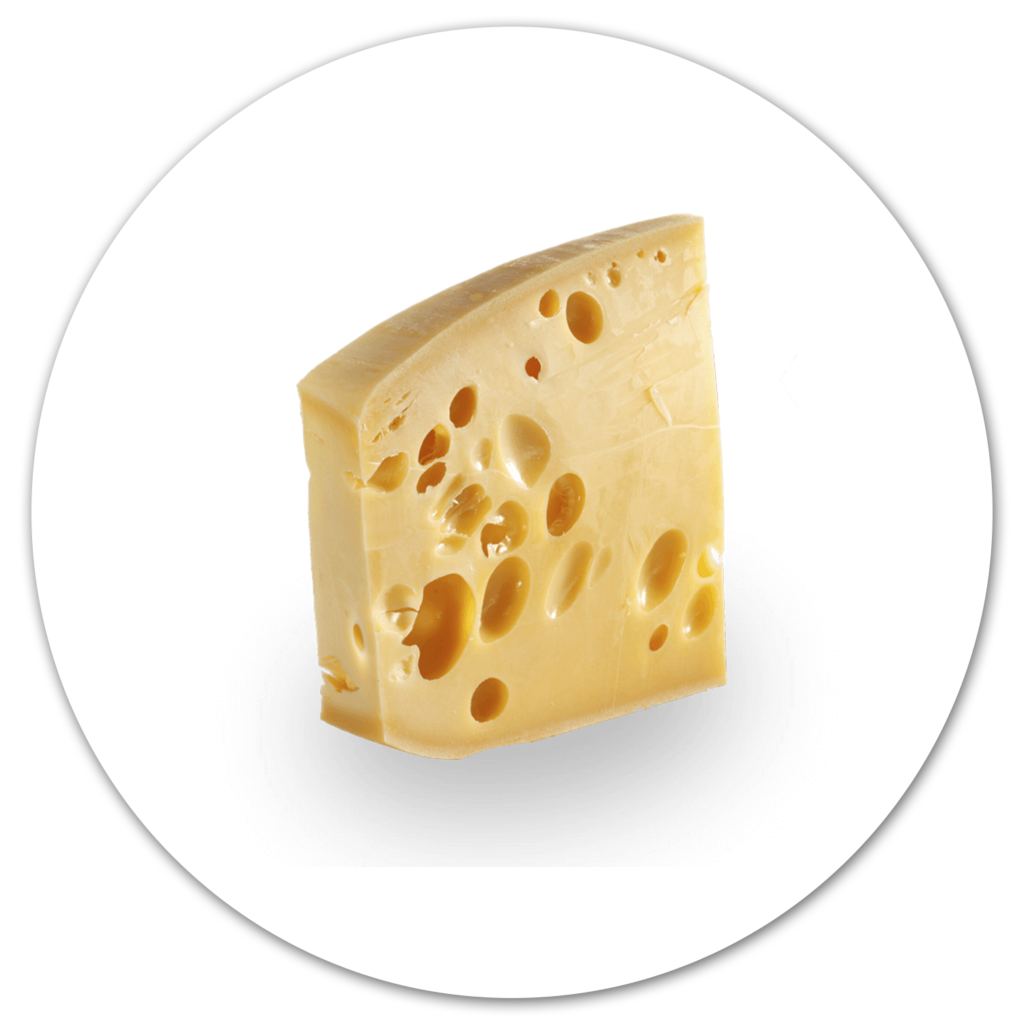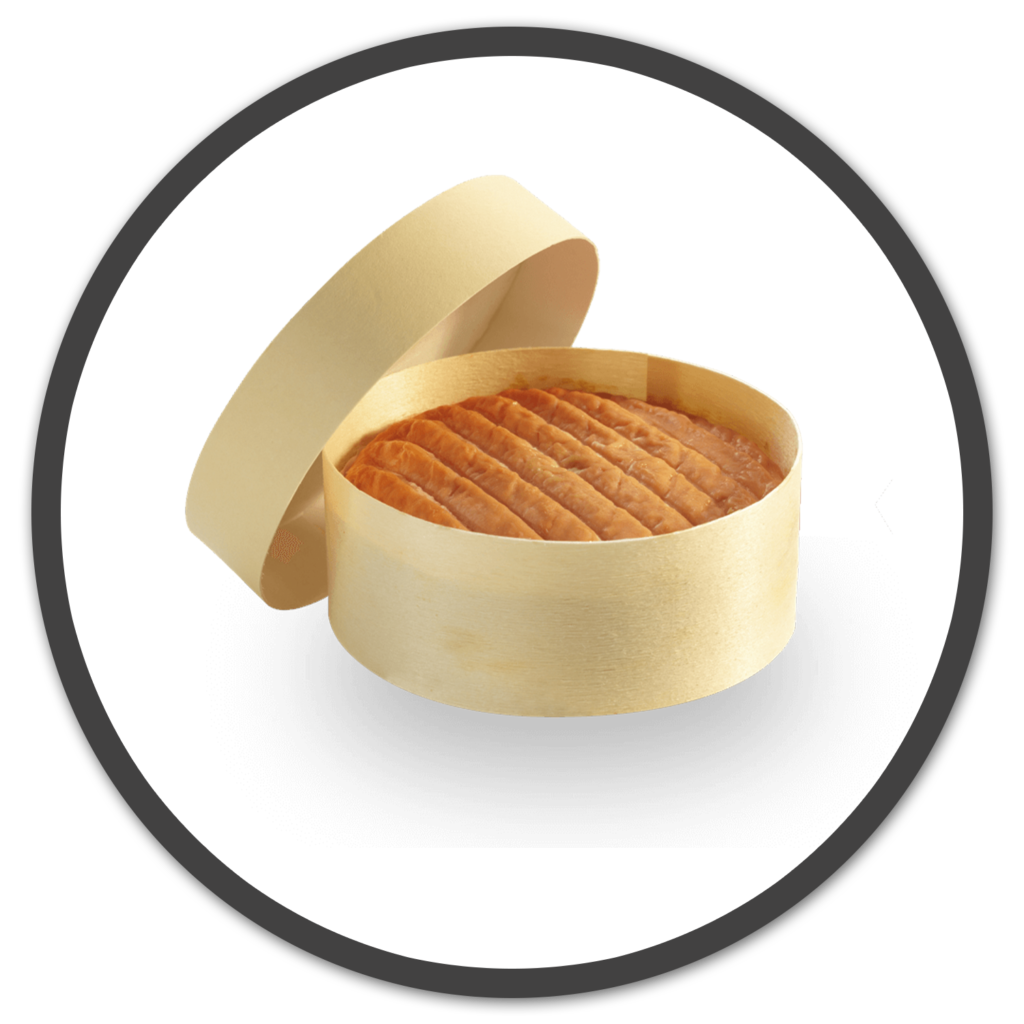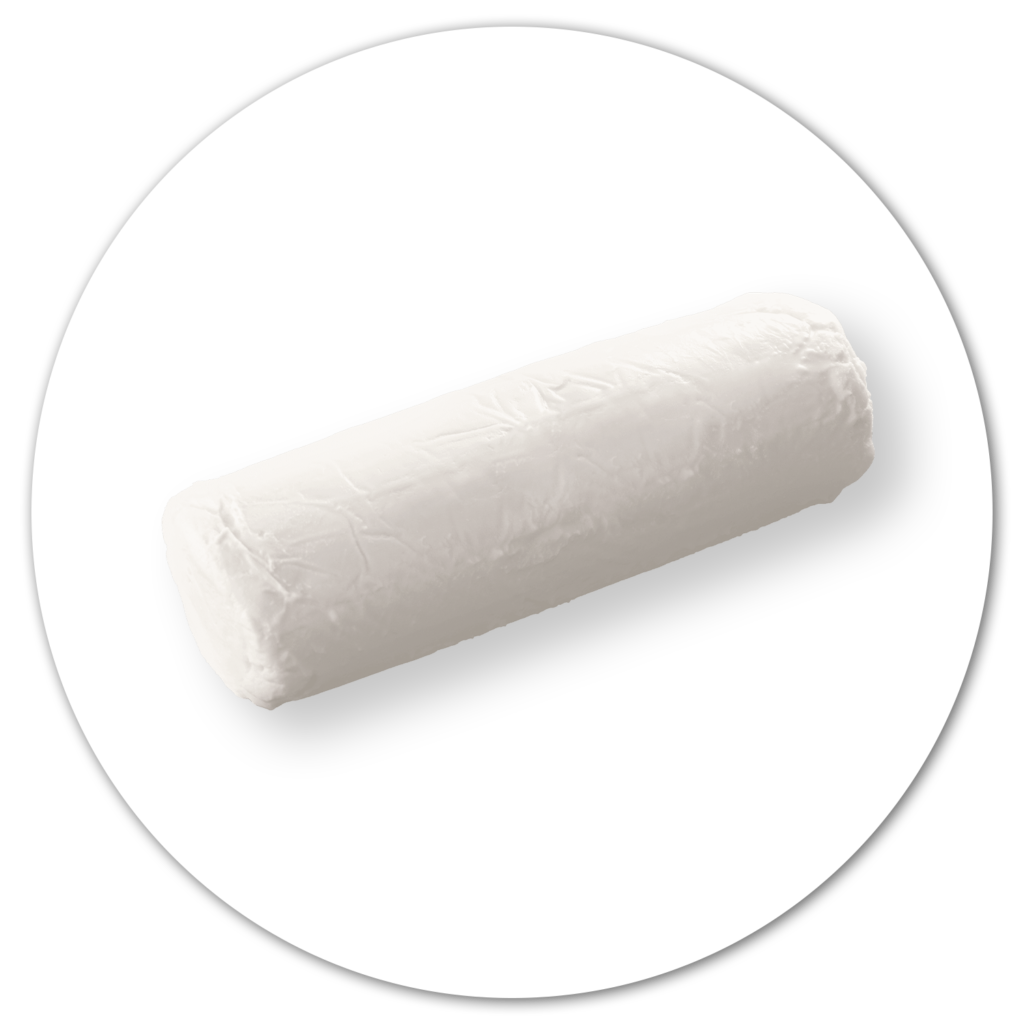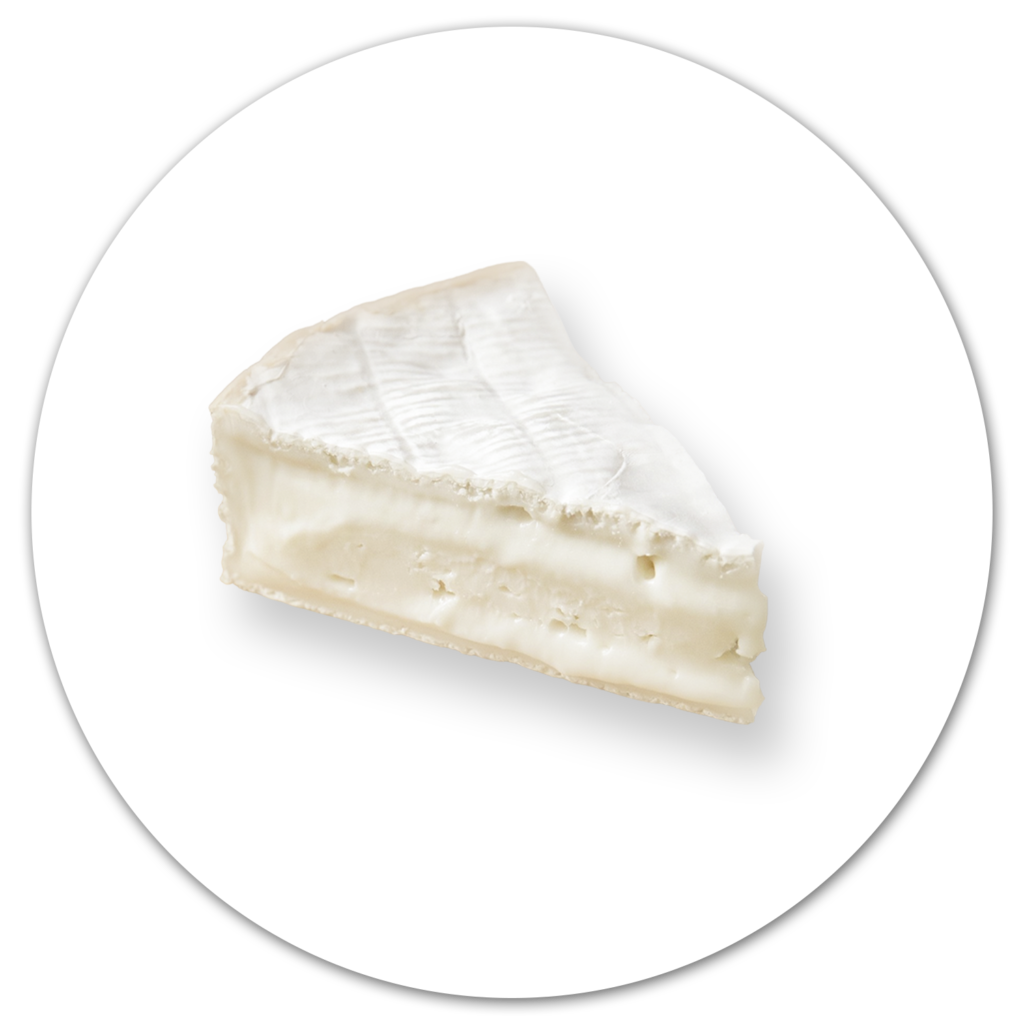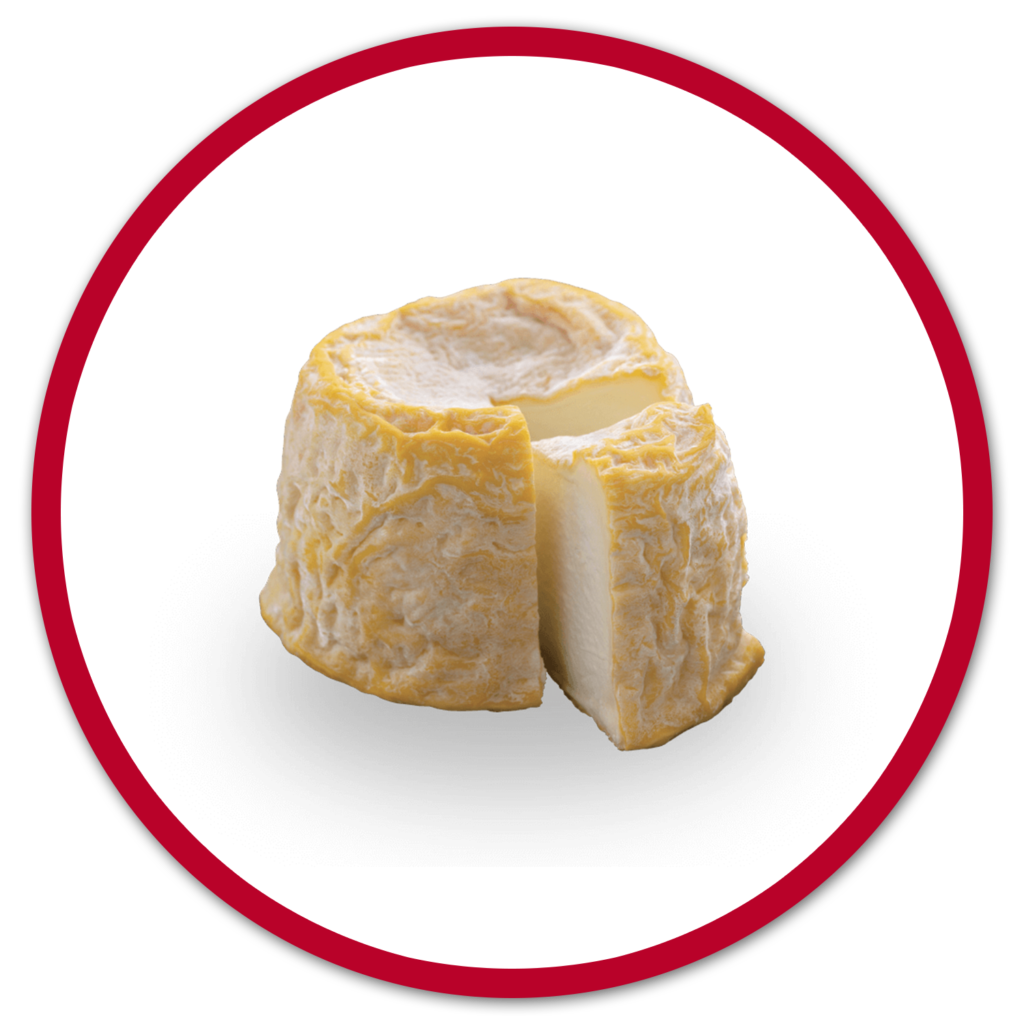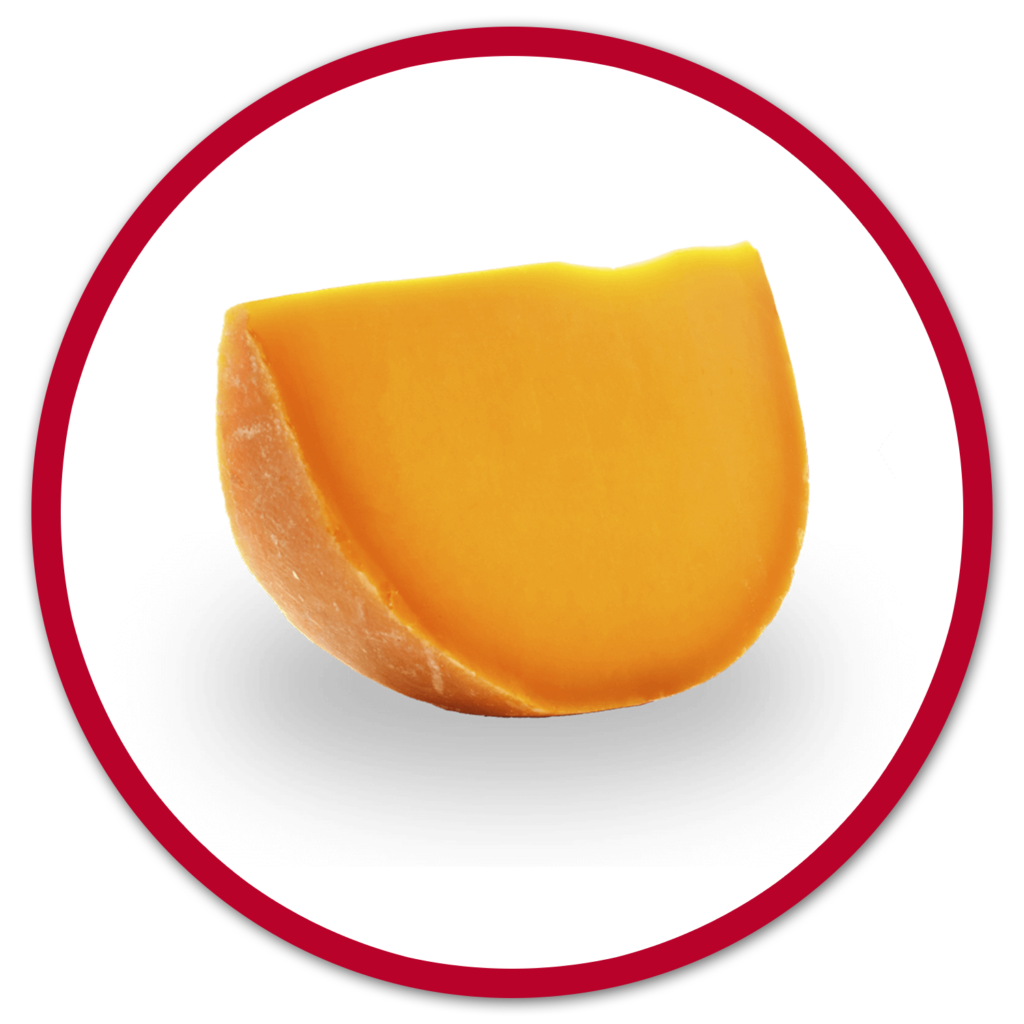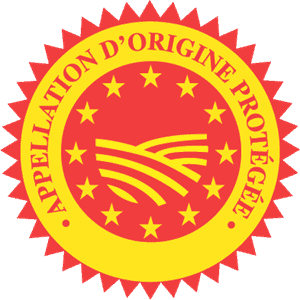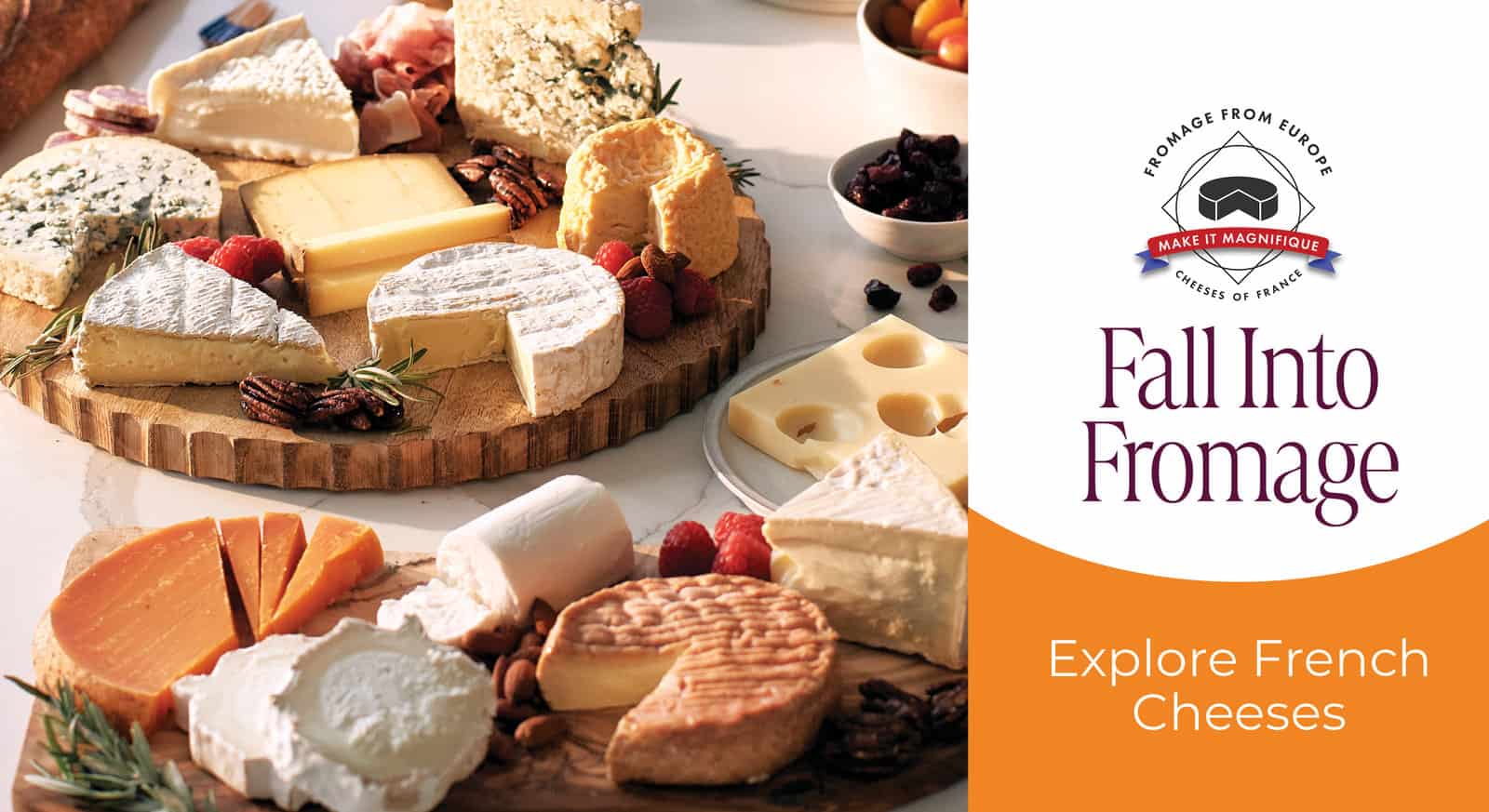
— Featured Cheeses at a Glance —
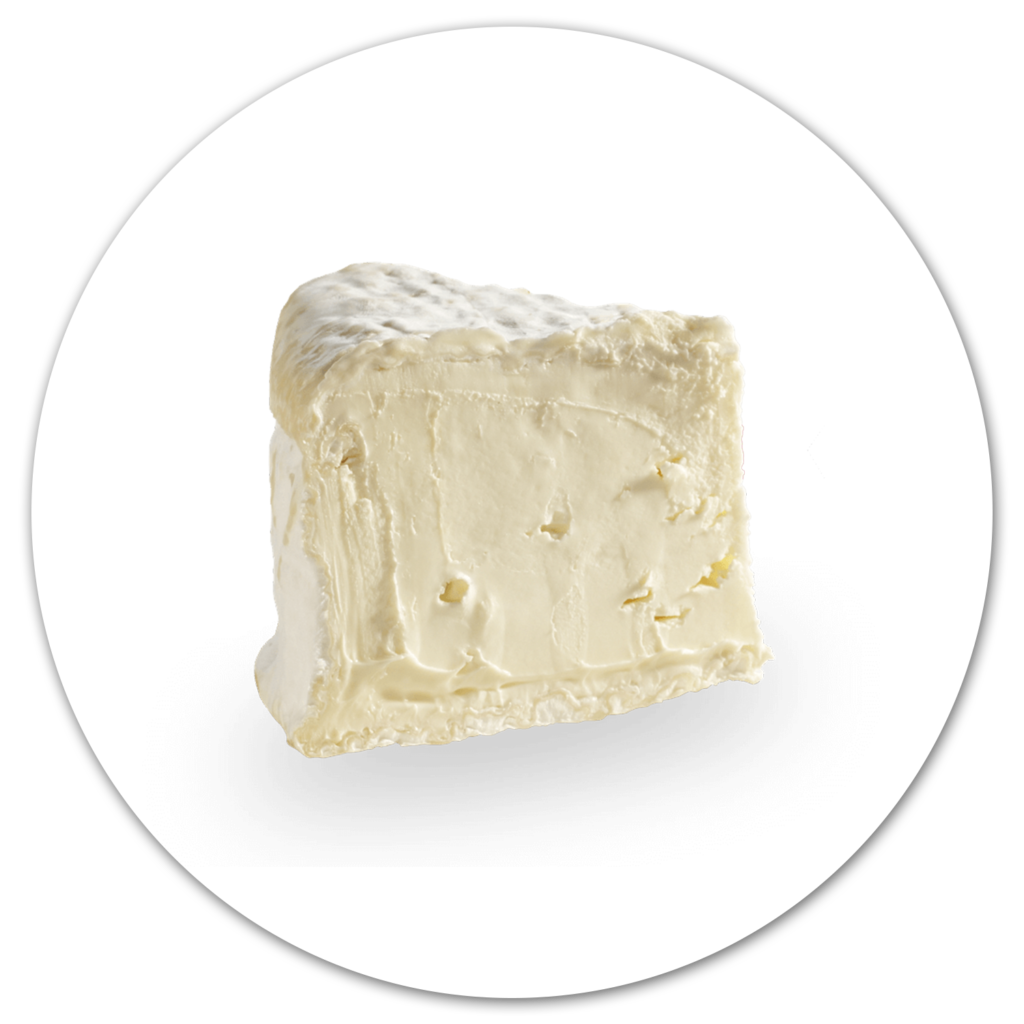
More Info
Want a Taste?
Visit one of these participating shops to chat with a knowledgeable cheesemonger about these cheeses:
About Fromage from Europe:
Cheesemaking in France goes back centuries—to the days of the Roman Empire. According to historians it was during this period that the practice of salting cheeses to form rinds and better preserve them started to take hold. An early version of brie was reportedly served at the coronation of Holy Roman Emperor Charlemagne in 800—from Charlemagne’s writings, we know at least that he tasted it in France in 774.
Many iconic French cheeses can trace their origins to the Middle Ages, when dairy farmers began pooling their milk in cooperatives known as fruitières, which allowed them to produce large-format wheels such as Comté, as well as other cheeses. It is believed that Catholic monks who were forbidden to eat meat during Lent created some cheeses as an alternate protein source. These include Époisse, first made by Cistercian monks in Burgundy in the sixteenth century. Cheese is made in nearly every corner of the country, on small farms and in locally owned cooperatives and dairy industries, where raising dairy animals, cheese production, and affinage (cheese aging and finishing) are practiced the same way they have been for generations. Recipes and techniques for making cheese are passed down within families, who maintain these traditions as an intrinsic part of the local culture.
France produces an astonishing variety of cheeses. Former French President Charles de Gaulle famously said, “How can anyone govern a nation that has 246 different kinds of cheese?” The number would actually be much higher if it included cheeses consumed only in the area where they are made. From Alpine-style and bloomy-rind wheels to fresh and aged goat cheeses, to blues and washed-rinds, French cheeses cover the gamut of styles and flavors. Each one has a unique history and flavor—the taste of place.
Cheese is Health Food
French cheeses are not only delicious, they are a good source of vitamins A and B, calcium, minerals, and protein. In the spring and summer, animals graze on a diversity of grasses, wildflowers and and herbs, a diet that produces higher Omega-3 fatty acids in their milk and in the resulting cheese—which in turn supports heart and brain health. Aged cheeses, such as Mimolette, are nearly lactose-free, and can be enjoyed by people with digestive issues. Goat cheeses are especially rich in vitamins and minerals.
The European Union’s (EU) laws regarding agricultural production methods are also part of what make French cheeses so special. These include:
- The identification and registration of cows, sheep, and goats to ensure traceability of the milk used in cheese production
- Strict standards for animal feed and farm and creamery hygiene; and banning mass antibiotic and hormone use
- Special attention to animal welfare and environmental impact
- Establishment of the Protected Designation of Origin (PDO) label
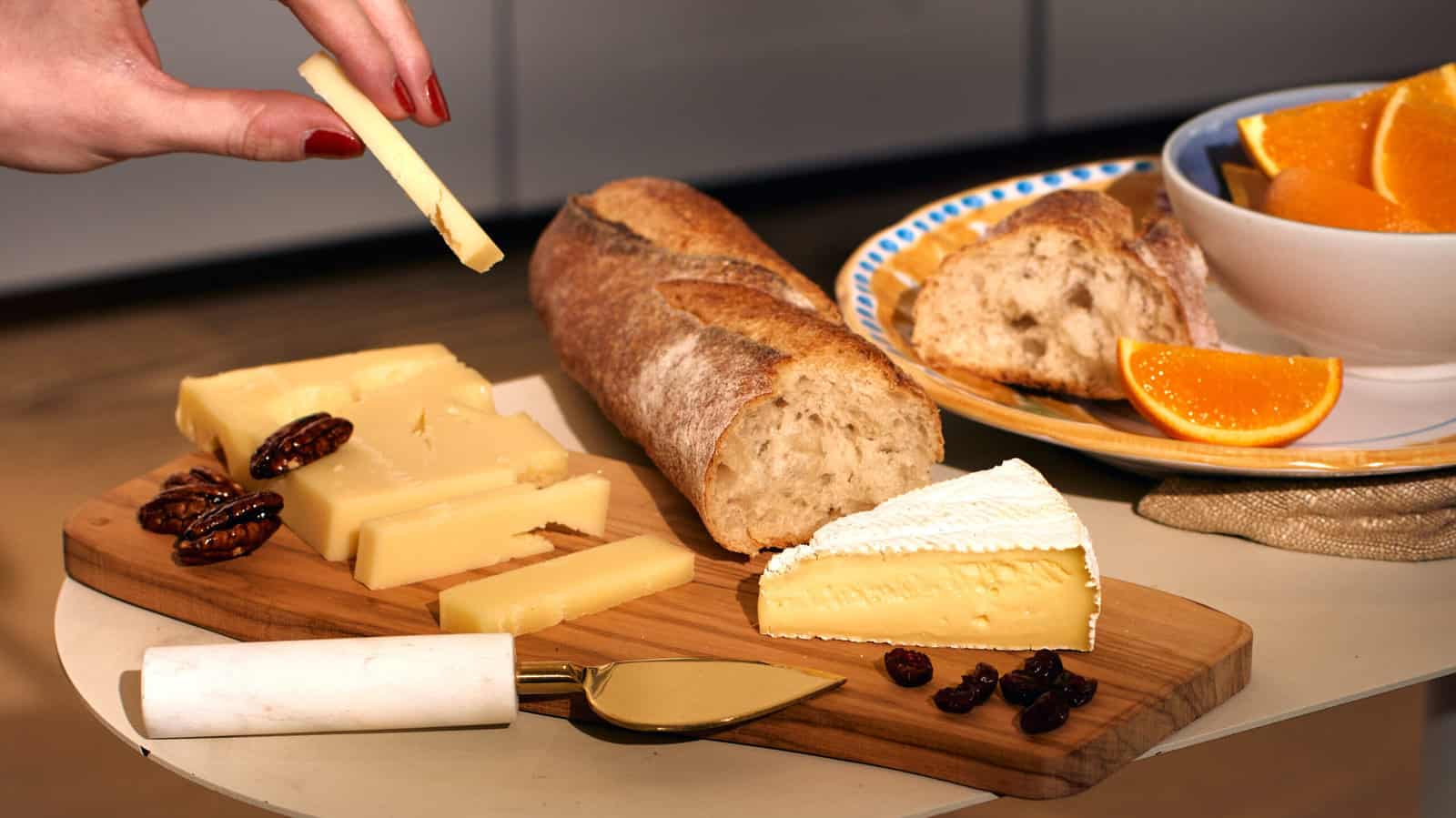
What is PDO?
The distinctive yellow and red PDO label is the EU’s guarantee of both provenance and quality. It signifies that the cheese is made only in a limited geographical region by skilled local producers, who use specific ingredients and time-honored methods. From where the animals are grazed, to how the curds are cut and salted and when the aging wheels are turned, the characteristics of a PDO cheese reflect the distinct environment—both natural and human—in which it was made.



